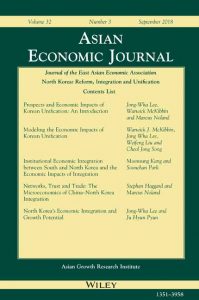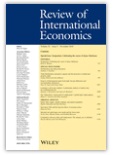During the course of my academic and professional career, I have authored and contributed to around half a thousand pieces of research and literature in English, Japanese and German, including books (as author, editor, series editor or contributor), journal papers (academic, professional as well as popular journals), conference contributions and discussion papers and reports for charitable organisations and the private sector, among many others.
The majority of my research is based on the Quantity Theory of Credit which I proposed in 1992. Furthermore I am well-known for proposing a new monetary policy, which I called ‘Quantitive Easing‘ in Japan in 1995 (which remained opposed by the Bank of Japan for years, before it adopted a distorted version of my proposal; Ben Bernanke at the Fed came closer to implementing a key aspect of my QE proposal in 2008, as a result of which the US banking sector and thus economy recovered far quicker than in other countries).
My book ‘Princes of the Yen’ (2003) became a bestseller in Japan, beating Harry Potter for six weeks in the number one position of the general bestseller lists. In the English version I warned that the ECB was likely to create credit booms, asset bubbles, banking crises and recessions in the eurozone. A documentary movie about aspects of the book was launched in 2014 (see below for a link to the full movie on YouTube).
Also in 2014, I published the first empirical test of the various theories of banking, demonstrating for the first time in the history of banking that banks do not lend money, but instead newly create credit and money (see the academic paper publications below).
Please see below for a list of major recent works that are important in my research programme.
For a list of various publication types until 2014, including contributions to TV and radio, please see this document (PDF, 37 pages).
To access and read older articles (both academic and in the press), see www.profitresearch.com (under rubric ‘Free Research’).








